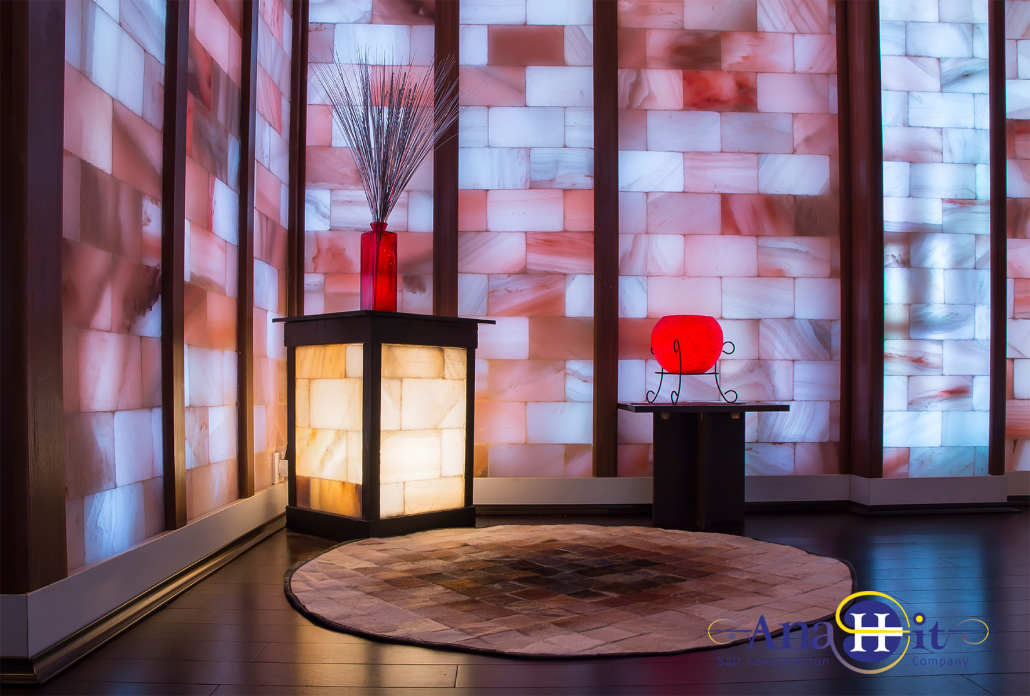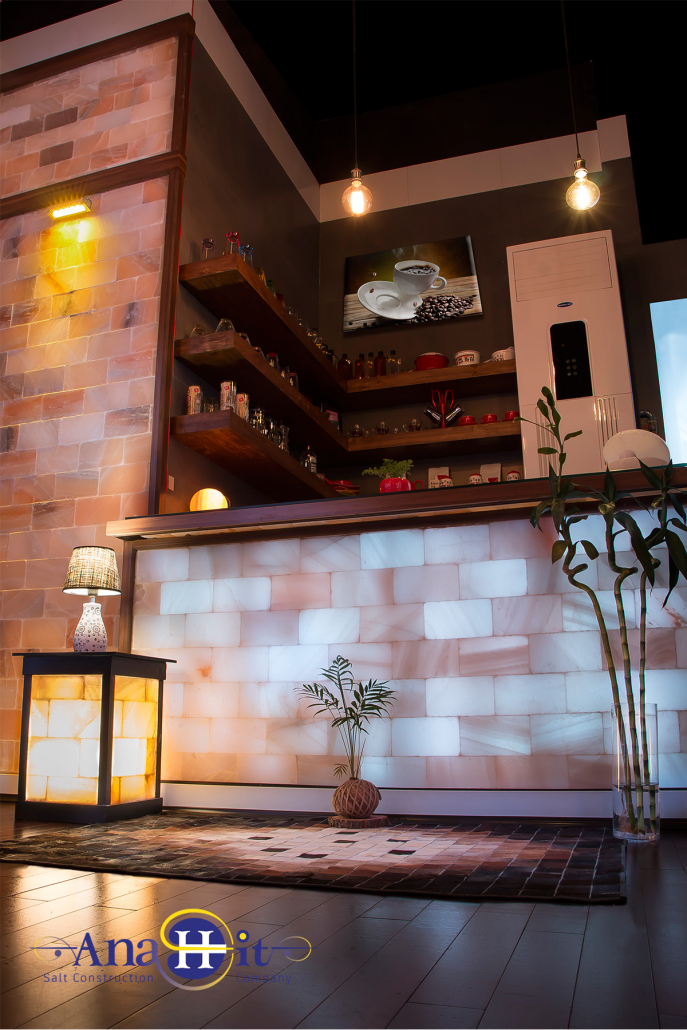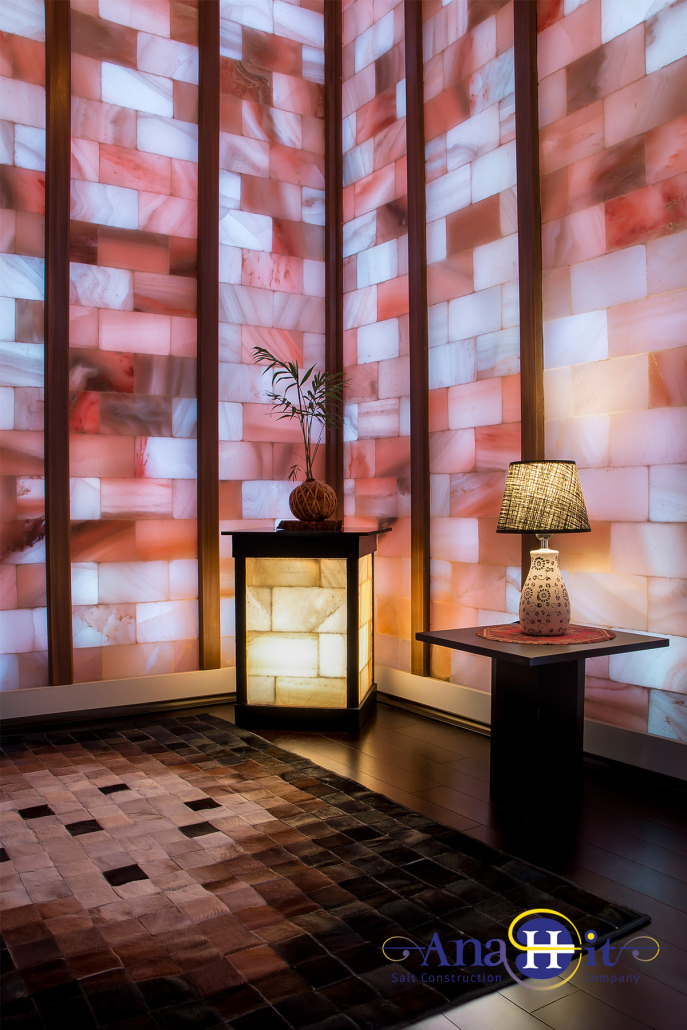Salt therapy or halotherapy
Salt therapy is a very specialized field in which various types of salts are used for different purposes for treatment. This requires sufficient knowledge of the physiology and biological conditions of the body, as well as a thorough knowledge of various diseases, as well as a thorough knowledge of the behavior of salts and salt rocks. It is a field that requires several specialties at the same time and in some countries, salt therapy or halo therapy is considered as a complementary treatment method.
Salt has four different properties
1) Chemical properties
One of the chemical properties of salt is its antiseptic properties and removes contaminants. For this purpose, salt is used in various industries such as pesticides, disinfectants and detergents. The salts used for this purpose are generally industrial salts. This property of salt is also used in the treatment of diseases such as fungal infections of the skin and also the improvement of respiratory infectious diseases. Of course, the use of salt in salt therapy especially requires salt equipment (such as salt ponds, salt aerosol generators, salt masks, dry tubs of warm salt powder, etc.)
Another chemical property of salt was its corrosion. Salt is inherently corrosive and its catalyst is moisture and heat. Therefore, the machines that are used in order to exploit the salt resources and in the factory to prepare the blocks, are depreciated quickly. Also, in order to use salt for treatment, care must be taken so that other equipment in the medical center is not damaged or corroded. For this purpose, salt therapy needs to be performed in environments called salt rooms, which are completely dedicated spaces for salt and salt therapy.
2) Physical properties
Salt is humidity absorber and absorbs moisture quickly. In this regard, the density of salt resources is important. Because the denser the rock salt, the more resistant it is to moisture and the less moisture it will have. Therefore, denser blocks in salt structures will be much more resistant to moisture. This property of salt is also used in the treatment of diseases that are caused by increased moisture in certain parts of the body, such as arthritis (accumulation of water in the joints), hydrocephalus (accumulation of water around the brain) and … that salt can absorb moisture from the skin. Therefore, hot salt dry powder tubs are used for this purpose.
3) The polarity of salt
Today, it has been scientifically proven that the structure of sodium chloride releases negative chlorine ions from its surface because chlorine tends to take an electron from sodium and release it as a negative chlorine ion in space. In scientific articles, negative ions are called air vitamins; the reason for the expansion of the mind and the pleasant feeling that man gives in places in the realm of nature such as the beach, the desert, near the waterfall, etc., is that those places are full of negative ions that balance the electromagnetic field of the brain’s dipoles.
Usually, living in metropolises that are full of positive ions causes nervousness, fatigue, lack of sleep, etc. in humans. Because any kind of satellite or electromagnetic communication creates busy highways of positive ions that upset the electromagnetic balance of the human brain’s dipoles.
4) The inherent property of salt, which is called “Mezaj” in ancient Iranian medicine.
This is a topic of ancient Iranian medicine that salt is inherently very hot and dry and can cure frostbite of nerves, bones and joints. From the perspective of ancient Iranian medicine, some diseases such as MS. It is caused by freezing of the nerves or osteoarthritis due to frostbite in the joint areas. Salt can take the cold out of the depths of the body and improve the diseases caused by the cold.
As mentioned, in order for equipment and devices not to be corroded by salt, halo therapy requires special spaces that are made of salt; these spaces are called salt rooms. The walls and floors of these rooms are made of salt and all salt equipment is installed in these salt rooms. These rooms can be made of salt blocks or salt patina, each of which has its own beauty with lighting and is very eye-catching. As mentioned, these spaces have a very pleasant effect on humans due to the negative ions released from the surface of sodium chloride, and are generally used for relaxation and meditation.
Building salt structures requires special knowledge, expertise and skills. These structures generally have underfloor heating and the floor is filled with warm salt powder, which is very effective in relieving foot pain caused by cold. A garden of salt rubble is usually built around the floor of these salt rooms for people to walk on. This is very useful for relieving fatigue and calming the nerves; because the most ideal foot massage is walking on rubble, which puts pressure on the sole of the foot exactly as much as the body weight and is very effective for relaxation.
In the following, you can see photos of examples of Anahit salt constructions made in Iran:
















Leave a Reply
Want to join the discussion?Feel free to contribute!